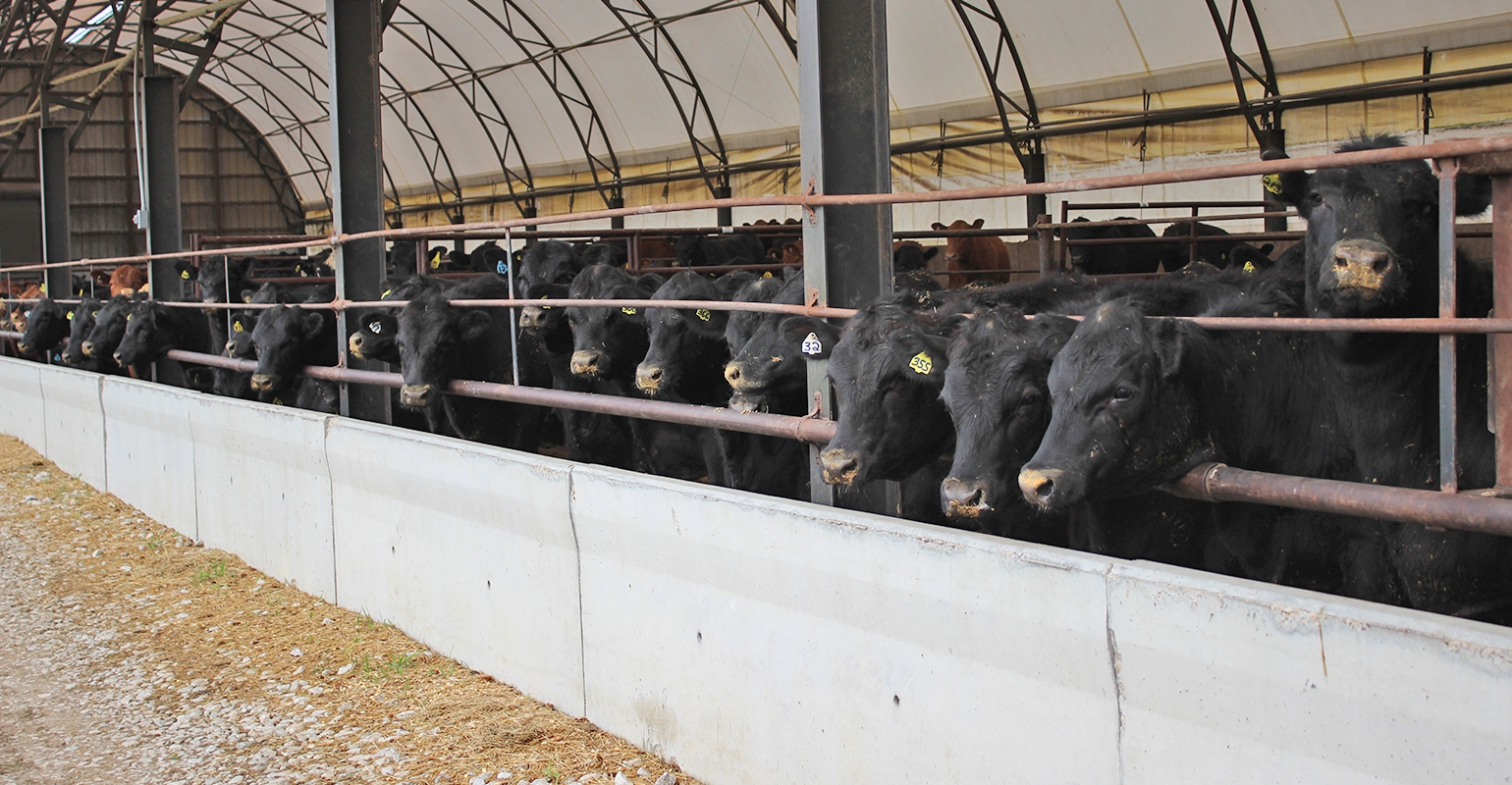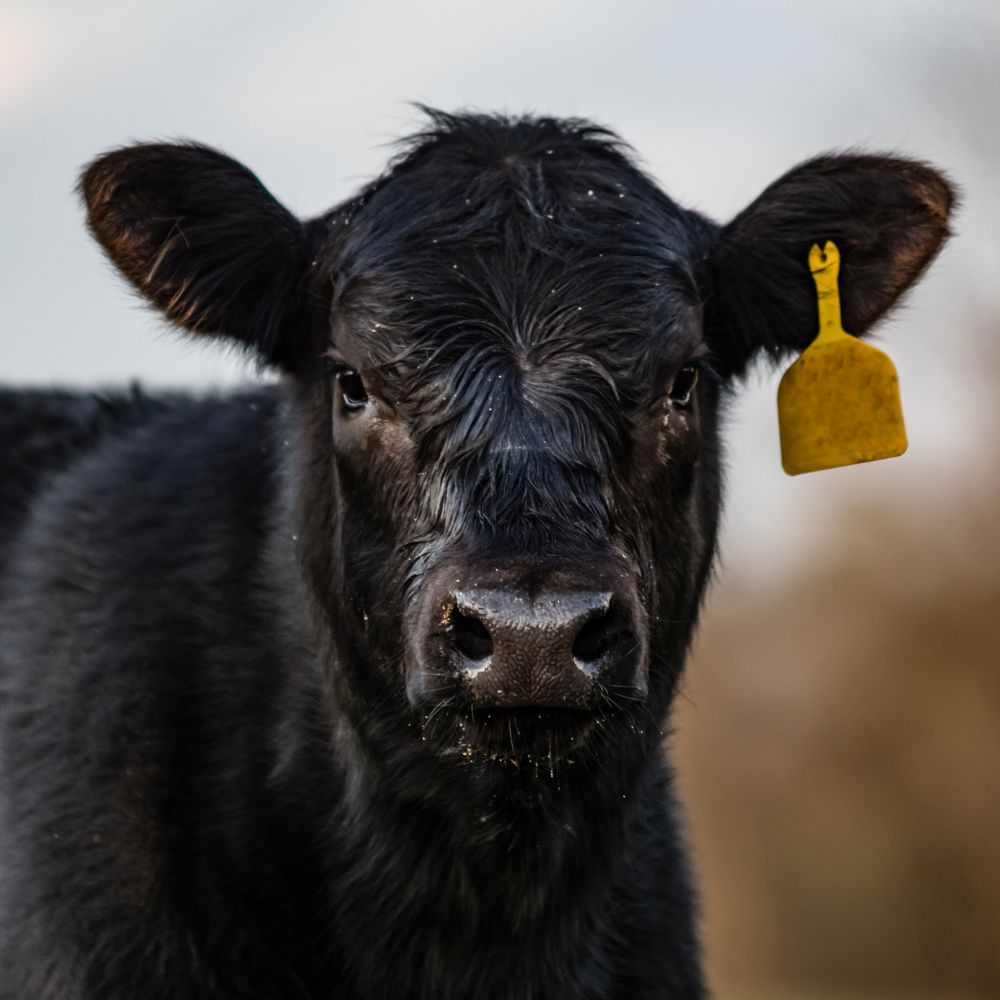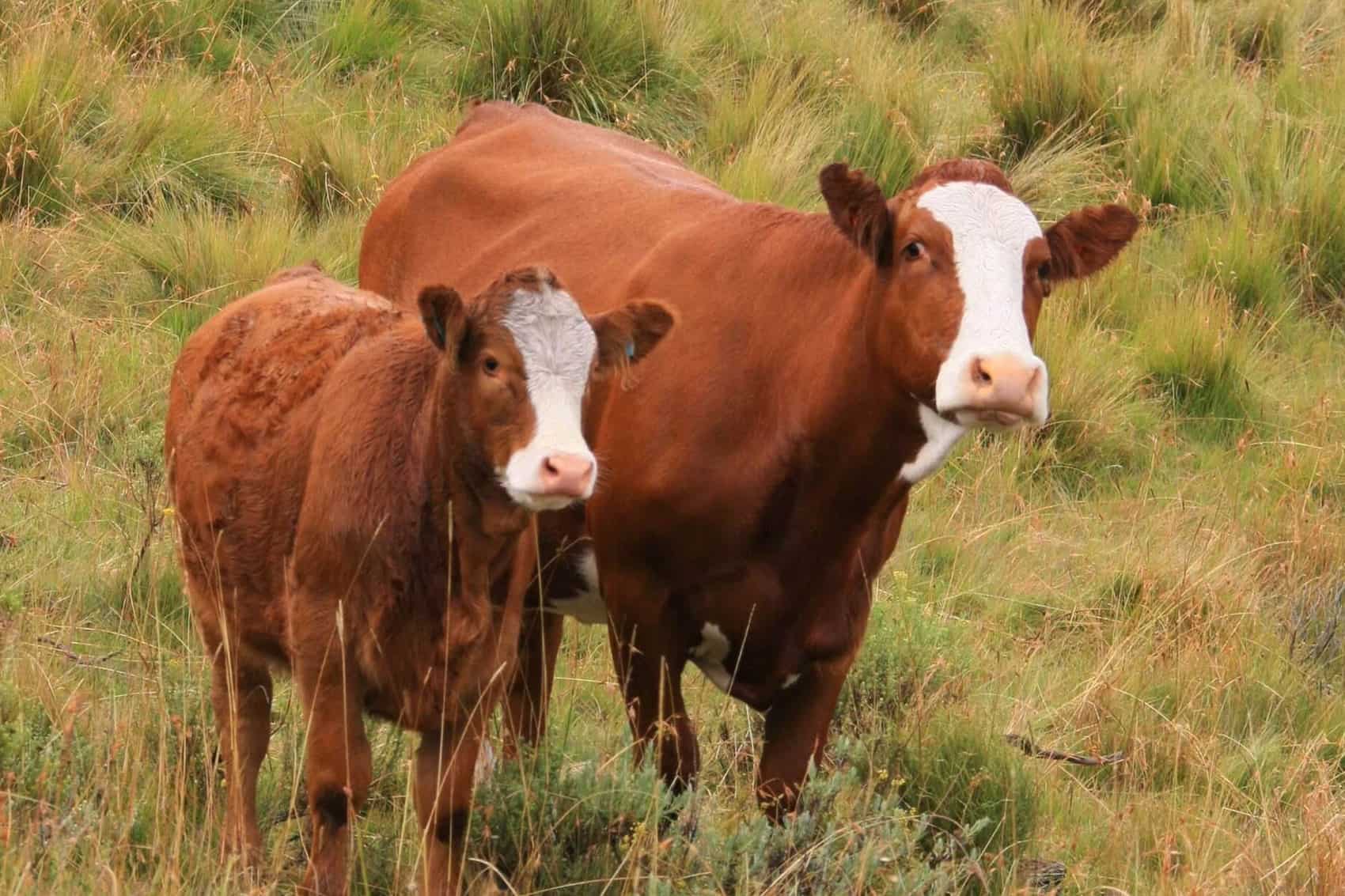Comprehending Animals Threat Defense (LRP) Insurance Policy: A Comprehensive Guide
Browsing the world of livestock danger security (LRP) insurance policy can be a complicated undertaking for many in the agricultural sector. From how LRP insurance coverage operates to the numerous protection alternatives offered, there is much to reveal in this extensive overview that can potentially shape the means livestock producers come close to danger monitoring in their services.

How LRP Insurance Policy Functions
Sometimes, recognizing the mechanics of Animals Danger Security (LRP) insurance coverage can be complicated, but breaking down exactly how it functions can give clarity for ranchers and farmers. LRP insurance policy is a risk administration tool made to secure animals producers versus unanticipated cost declines. The plan allows manufacturers to establish a coverage degree based upon their certain requirements, picking the variety of head, weight variety, and protection cost. As soon as the plan remains in location, if market rates fall listed below the protection price, producers can file a case for the distinction. It's vital to keep in mind that LRP insurance is not a profits warranty; instead, it concentrates entirely on cost threat security. The coverage duration usually varies from 13 to 52 weeks, supplying adaptability for manufacturers to choose a duration that straightens with their manufacturing cycle. By using LRP insurance policy, herdsmans and farmers can reduce the economic threats connected with fluctuating market rates, making sure higher security in their operations.
Qualification and Coverage Options
When it pertains to protection options, LRP insurance offers producers the versatility to choose the protection degree, coverage period, and endorsements that best suit their risk monitoring demands. Coverage degrees usually vary from 70% to 100% of the expected finishing value of the insured animals. Manufacturers can likewise pick insurance coverage durations that align with their manufacturing cycle, whether they are insuring feeder livestock, fed cattle, swine, or lamb. Recommendations such as rate risk defense can further personalize insurance coverage to secure against adverse market variations. By recognizing the eligibility standards and protection alternatives offered, animals manufacturers can make educated decisions to take care of threat effectively.
Benefits And Drawbacks of LRP Insurance Policy
When evaluating Livestock Danger Defense (LRP) insurance coverage, it is vital for livestock manufacturers to consider the drawbacks and advantages fundamental in this threat monitoring device.

One of the primary advantages of LRP insurance is its capacity to give security against a decrease in animals costs. Additionally, LRP insurance coverage uses a level of adaptability, enabling producers to tailor protection degrees and plan periods to fit their specific needs.
One restriction of LRP insurance coverage is that it does not secure versus all kinds of risks, such as disease episodes or all-natural catastrophes. It is critical for producers to very carefully examine their specific risk exposure and monetary scenario to determine if LRP insurance policy is the best danger administration tool for their procedure.
Recognizing LRP Insurance Policy Premiums

Tips for Maximizing LRP Benefits
Making best use of the advantages of Animals Risk Security (LRP) insurance coverage needs strategic preparation and aggressive threat monitoring - Bagley Risk Management. To take advantage of your LRP insurance coverage, consider the adhering to ideas:
Regularly Analyze Market Conditions: Stay educated about market patterns and cost fluctuations in the livestock sector. By keeping an eye on these variables, you can make educated choices regarding when to buy LRP insurance coverage to shield against prospective losses.
Set Realistic Insurance Coverage Levels: When picking coverage degrees, consider your manufacturing expenses, market worth of animals, and possible dangers - Bagley Risk Management. Setting reasonable coverage levels ensures that you are effectively shielded without overpaying for unneeded insurance coverage
Diversify Your Insurance Coverage: Instead of counting exclusively on LRP insurance, think about expanding your his comment is here danger administration methods. Combining LRP with other danger administration devices such as futures contracts or alternatives can supply extensive coverage versus market unpredictabilities.
Testimonial and Adjust Coverage Consistently: As market conditions alter, periodically review your LRP insurance coverage to guarantee it lines up with your present danger exposure. Changing protection degrees and timing of purchases can assist optimize your threat defense strategy. By following these suggestions, you can maximize the advantages of LRP insurance policy and guard your animals procedure versus unexpected risks.
Final Thought
To conclude, livestock threat defense (LRP) insurance is a beneficial tool for farmers to take care of the financial risks linked with their livestock procedures. By comprehending exactly how LRP functions, qualification and protection options, along with the pros and disadvantages of this insurance, farmers can make enlightened choices to secure their livelihoods. By thoroughly taking into consideration LRP premiums and carrying out techniques to take full advantage of benefits, farmers can minimize potential losses and ensure the sustainability of their operations.
Livestock manufacturers interested in obtaining Animals Risk Security (LRP) insurance coverage can check out a range of qualification requirements and coverage options customized to their details animals procedures.When it comes to insurance coverage choices, LRP insurance uses manufacturers the versatility to pick the coverage degree, coverage period, and recommendations that best suit their danger management requirements.To understand the complexities his response of Livestock Threat Defense (LRP) insurance policy fully, recognizing the factors affecting LRP insurance costs is essential. LRP insurance premiums are determined by various components, including the insurance coverage level chosen, the anticipated cost of animals at the end of the coverage duration, the kind of livestock being guaranteed, and the length of the insurance coverage period.Review and Readjust Insurance Coverage Routinely: As market conditions alter, periodically evaluate your LRP coverage to ensure it straightens with your current threat direct exposure.